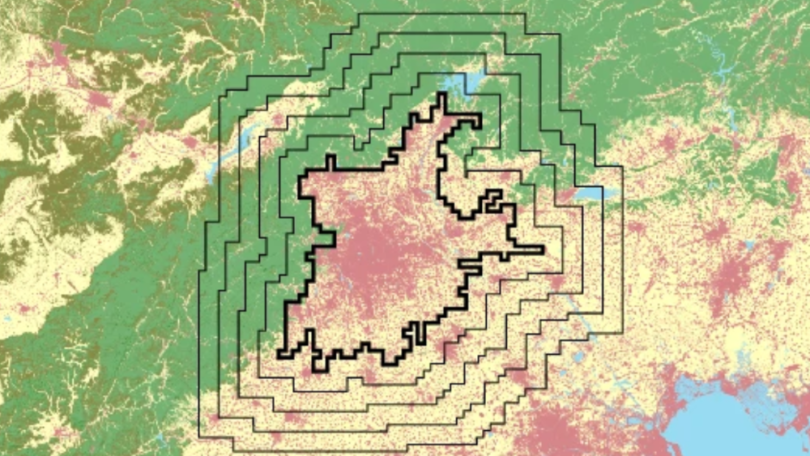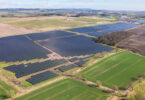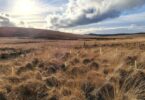The key to cooling ‘urban heat islands’ may lie in the countryside, according to a new study from scientists at the University of Surrey and Southeast University (China).
Using 20 years of data, researchers showed how nearby rural areas could bring a city’s temperature down. The biggest cooling effects happen where the rural ring around a city extends for at least half the city’s diameter.
Professor Shi-Jie Cao, the lead author and visiting professor at the University of Surrey’s Global Centre for Clean Air Research (GCARE), said:
“We often focus on how green spaces, wetlands or waterways can cool down cities. Yet, urban land is precious, and these measures can be hard to find space for. We have now shown how land use outside a city can make a big difference to temperatures downtown.
“Our findings allow us to make quite specific recommendations. We found that urban over-heating was mitigated more by joining up patches of rural land, planting more woodland scattered around a city, and by having fewer, bigger lakes rather than lots of little bodies of water.
As warm air rises in a city, it creates a layer of low pressure close to the ground. This sucks cooler air in from surrounding rural areas. This process is greatly shaped by the size of a city, and the land cover of neighbouring rural areas.
To find out exactly how, scientists compared the areas around 30 Chinese cities between 2000-2020. Satellite data told them how warm the ground was, and how the land was used.
Professor Prashant Kumar, one of the authors of the study, founding director of GCARE and co-director of Surrey’s Institute of Sustainability, said:
“We already suspected that belts of rural land around a city could help cool down the urban centre. Now, thanks to our detailed analysis, we can say which forms of land use lead to the biggest effects.
“We hope planners and governments can use our findings to help urban communities become more resilient against rising global temperatures. Our findings show that if we want to cool our cities down, we need a joined-up approach between urban and rural planning.”
The study is published in the journal Nature Cities.







